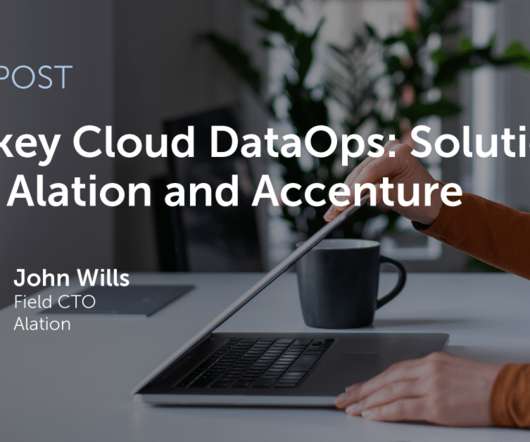Turnkey Cloud DataOps: Solution from Alation and Accenture
Alation
MARCH 22, 2022
Data people face a challenge. They must put high-quality data into the hands of users as efficiently as possible. DataOps has emerged as an exciting solution. As the latest iteration in this pursuit of high-quality data sharing, DataOps combines a range of disciplines. Accenture’s DataOps Leap Ahead.












Let's personalize your content